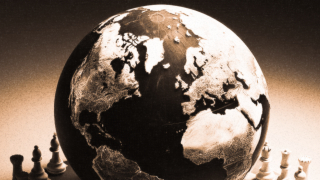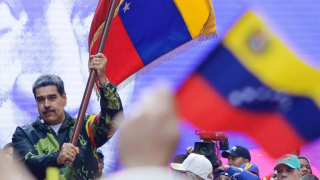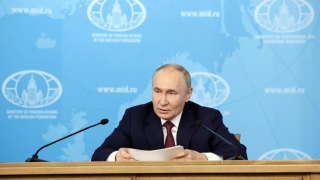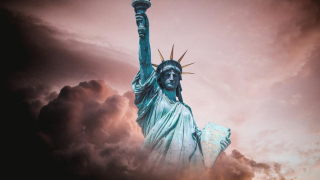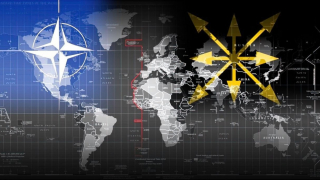Toward the Multipolar World: the challenge of 2024
“The multipolar world is a radical alternative to the unipolar world.”
— Alexander Dugin
The “geopolitical – 2023” will certainly be remembered, first and foremost, for the continuation of hostilities in Eastern Europe and the resurgence of confrontation in the Middle East.
Two situations on the one hand potentially increasingly explosive and on the other certifying a significant change in the international geopolitical chessboard.
A change that 2024 will surely continue to certify.
Indeed, the unipolar global architecture that arose from the dissolution of the USSR 1989 – 1991 is in sharp crisis both because of the “rebirth” of global powers and the development of regional powers in the various parts of the world.
Humanity is thus caught between two “titans” aspiring to an opposing global organization: Unipolarism vs. Multipolarism.
The first set includes the so – called “collective West”, with the U.S. and its “armed wing” NATO leading the group, while the second is a more heterogeneous compound but held together by a well – defined goal: downsizing Western influence on the globe.
The second group includes global powers such as Russia and China, as well as nations with a more regional projection capacity, such as Iran, “neo – Ottoman” Turkey, Venezuela, Brazil, Cuba, South Africa alacrily engaged in the BRICS+ (an organization that aims primarily at the dedollarization of a significant part of the world economy) and several African countries recently converted by expelling the centuries – old French presence from their territory.
No country in the world is immune from this situation, just as all living beings feel and will increasingly feel its consequences.
In this regard, very clear were the words of Venezuelan President Maduro in May 2023: “South America cannot lag behind in the construction of the multipolar world.”[1]
So were those of the “philosopher of multipolarism”, Aleksandr Gel'evič Dugin: “The conflict in Ukraine is the First Multipolar Conflict.”[2]
This is a situation of confrontation between Powers that shows no sign of subsiding and in fact is going to intensify more and more as two visions confront each other that cannot find meaningful points of contact and compromise.
Either one wins or the other wins.
One has two possible paths to victory, the other has only one (and it is certainly not desirable):
- Multipolarism: the formation of a multipolar world may come through armed confrontation between major powers or through the acceptance by the leading Western power (the U.S.) that its role in the world be downsized.
- Unipolarism: the reestablishment of a fully unipolar world necessarily presupposes direct confrontation between great powers. Indeed, to be ruled out is the possibility that China, Russia, Iran and other countries of the globe will willingly agree to return to the 1990s (barring internal political – military reversals).
And as the distinguished Italian thinker Antonio Gramsci had to write decades ago, therefore, “The old world is dying. The new one is slow to appear. And in this “chiaroscuro” (may be born) monsters.” I say “may” and not “are born” (Gramsci will forgive me) because the longer this Unipolarism vs. Multipolarism conflict goes on with less and less dialogue between the major nuclear powers, the more the risk of global military escalation becomes real.
For the “Apocalypse Clock – 2023”, the world is 90 seconds away from the abyss, indicating the proximity to nuclear conflict.[3]
An escalation, then, that might not deprive the globe of all life on it but certainly would not have an abundance of it left.
A 2024, then, under the banner of the great geopolitical challenge of the New Millennium: Unipolarism vs. Multipolarism.





